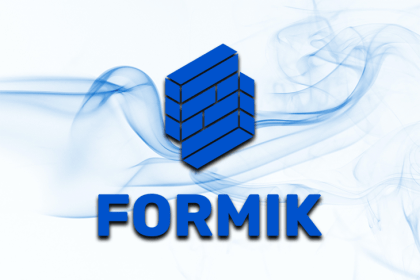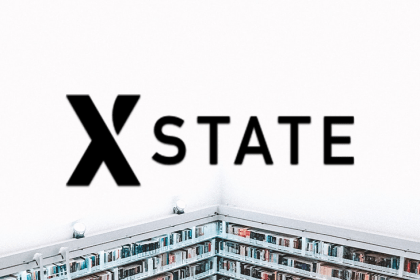
Learn how to use AWS Cognito, AppSync, and DynamoDB to set up a multi-tenant SaaS application with a React frontend.

useState vs. useRef: Similarities, differences, and use casesLearn the similarities and differences between the useState and useRef Hooks in React, as illustrated demos and use cases.

React projects can quickly become a mess. Here, you can learn how to use a multi-layered structure to optimize React apps.

Learn how to use Bulma, an open source CSS framework, within React for easy styling without the need for JavaScript.

renaturerenature is a physics-based animation library for React inspired by the natural world. We cover its core API and share several demos.

Understand what PropTypes and TypeScript are, consider their relevance in React applications, and discover how they can be used together.

Discover five essential React DevTools features that you might not have tried yet or didn’t even know existed.

Managing state in larger React apps used to require third-party libraries. The useReducer Hooks enables you to share state between components without Redux.

There aren’t many options out there to host a full-stack Node.js and React app on a single provider. Begin lets you do just that.

Ever wonder how to build a tag input field component for your React app? Here’s a quick tutorial to show you how.

Learn how to build multi-step wizards in a small proof-of-concept application with Formik and React Query right here.

Using XState and React to build state machines is one of the easiest and most efficient ways to handle state in any JavaScript application.